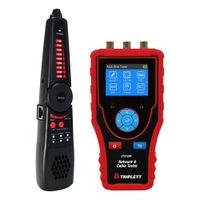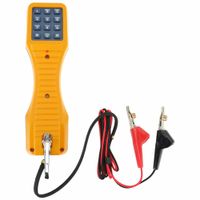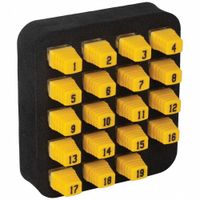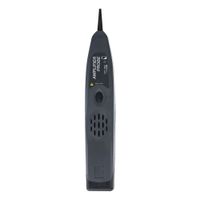- Home
- Test Instruments
- Voice Data Testing
.....Read More
Frequently Asked Questions
What are the best tools for testing copper and fiber optic cables?
How do you use a time domain reflectometer (TDR) for cable testing?
What is the difference between copper and fiber optic cable testing?
How can I test the signal strength of a telephone line?
What are the common faults identified by network testing instruments?
How do tone generators and speaker probes work for cable identification?
What accessories are essential for enhancing cable testing capabilities?
How do you determine if a cable is compatible with specific networking speeds?
What are the steps to diagnose open, shorts, and continuity in copper cables?
How do fiber optic cable testing instruments ensure optic signals are at full strength?






